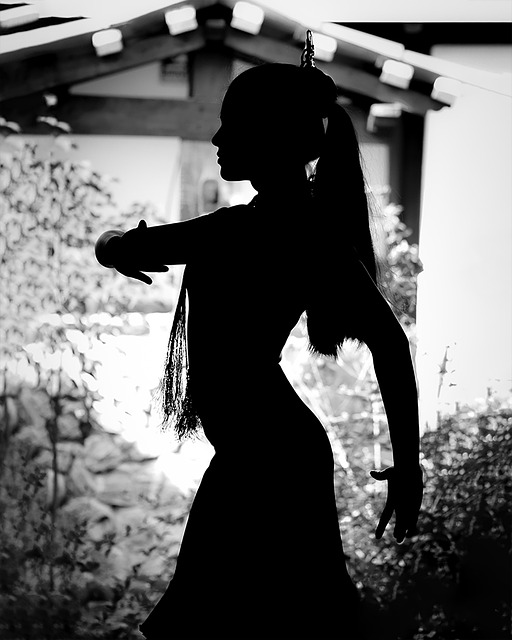About Estrella – The Dance Gypsy
My name’s Estrella, and yeah, that’s not my real name. I write under this pen name so I can talk about flamenco freely, no filters, no worrying about politics or stepping on toes.
Why a pen name? Simple. Flamenco is personal. I want to give real, honest advice on the best places to experience it in Spain—without anyone thinking I’ve got an agenda. My goal? To help you get under the skin of flamenco, see it properly, not just as a tourist.
I wasn’t one of those kids who danced around the house like they were born for it. Honestly? I was the opposite. Growing up in the UK, I was always the last one on the dance floor—awkward, self-conscious, scared of making a fool of myself. I wanted to move, but something held me back.
Then flamenco came along.
The first time I heard that deep, aching cry of a flamenco cantaor (singer) and the pounding rhythm of heels against wood, it was like being struck by lightning. My whole body reacted. This music wasn’t about looking good—it was about feeling everything. Flamenco didn’t care if I was shy. It didn’t ask me to be perfect. It just wanted me to let go.
And that was it. I was hooked.
I studied Ethnomusicology at SOAS University in London, learning about world music, but flamenco? That was the obsession. I wasn’t content just reading about it—I had to live it. I played in Latin and flamenco bands in London, soaking up every bit of it, experiencing it from the inside.
London life was wearing me down, though. The constant grind, the rush—it wasn’t for me. So, my partner and I took a chance. We packed up, left the UK, and moved to Spain—where I could finally experience flamenco where it belongs.
Now, I work remotely, living in Spain, and this blog? It’s my way of giving back, sharing what I’ve learned, and helping others discover flamenco the way I did.
Speaking Spanish has opened doors, too. I don’t just see the touristy side—I get into the real, hidden parts of flamenco, the stories, the history, the underground places where it’s still raw and alive.
Flamenco is changing. Some of it’s exciting—new artists pushing boundaries. But I also think it’s important to protect the roots, to hold onto that deep, gut-wrenching flamenco that makes your hair stand on end.
The best way to keep flamenco alive is to help people understand it. Because the more you know, the more you feel.
That’s why I started The Dance Gypsy. Here, I share:
– Real guides to the best flamenco performances in Spain
– Deep dives into flamenco’s history, styles, and legends
– Tips on actually understanding flamenco, not just watching a show
If you’re coming to Spain and want personal flamenco recommendations, drop me a message. I’m also toying with the idea of writing a flamenco guidebook, but we’ll see where that goes.
